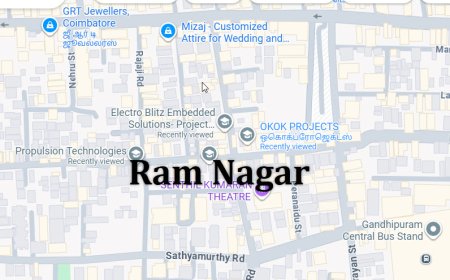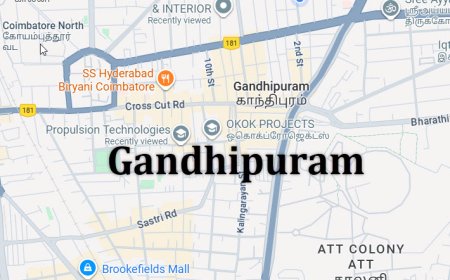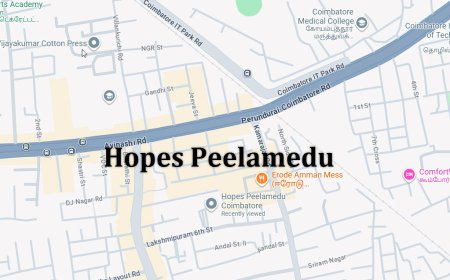Traffic Flow Prediction in Python Projects
Traffic Flow Prediction in Python Projects
Traffic Flow Prediction in Python Projects
Efficient traffic management is essential for reducing congestion, minimizing travel time, and improving urban mobility. The project Traffic Flow Prediction in Python Projects focuses on developing an intelligent system that predicts traffic flow using historical traffic data, sensor information, and machine learning or deep learning techniques. Python is chosen as the development platform due to its powerful libraries for data analysis, visualization, and predictive modeling, including Pandas, NumPy, Scikit-learn, TensorFlow, and Keras. The system collects traffic data such as vehicle count, speed, and occupancy from sensors or datasets, preprocesses the data, and applies time-series models or deep learning architectures like LSTM, GRU, or CNN-LSTM to forecast traffic flow. By providing accurate predictions, the system assists traffic authorities, urban planners, and commuters in optimizing routes, reducing congestion, and improving transportation efficiency.
Existing System
Existing traffic prediction systems often rely on simple statistical methods, historical averages, or manual observation, which are limited in capturing dynamic traffic patterns and peak-hour variations. Traditional machine learning models, such as linear regression or decision trees, can improve predictions but may fail to account for temporal dependencies or nonlinear relationships in traffic data. Some advanced systems use GPS and IoT sensor data but lack real-time processing or scalability for city-wide deployment. As a result, existing systems are limited in accuracy, adaptability, and timely response for effective traffic management.
Proposed System
The proposed system introduces a Python-based framework for traffic flow prediction using machine learning and deep learning models. Historical traffic datasets are preprocessed by handling missing values, normalizing data, and encoding temporal features such as time of day, day of week, and weather conditions. LSTM or GRU networks are employed to capture temporal dependencies and predict future traffic flow, while hybrid models like CNN-LSTM can extract spatial and temporal features simultaneously. Model performance is evaluated using metrics such as Mean Absolute Error (MAE), Root Mean Squared Error (RMSE), and R-squared (R²). By integrating advanced modeling, multi-source data processing, and real-time prediction capability, the system provides a scalable and reliable solution for traffic flow forecasting, enabling smarter urban mobility, proactive congestion management, and improved commuter experience.
What's Your Reaction
 Like
0
Like
0
 Dislike
0
Dislike
0
 Love
0
Love
0
 Funny
0
Funny
0
 Angry
0
Angry
0
 Sad
0
Sad
0
 Wow
0
Wow
0

































